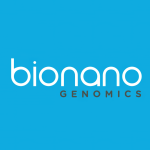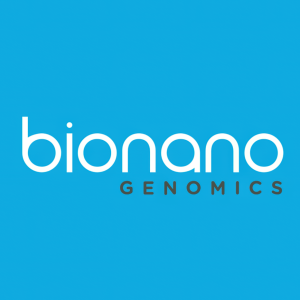Welcome to our dedicated page for Bionano Genomics news (Ticker: BNGO), a resource for investors and traders seeking the latest updates and insights on Bionano Genomics stock.
Bionano Genomics Inc (BNGO) delivers cutting-edge optical genome mapping solutions for advanced genomic research. This news hub provides investors and researchers with essential updates on the company's innovations in structural variation analysis.
Access official press releases, financial disclosures, and technology developments in one centralized location. Track updates spanning product launches, clinical study collaborations, and peer-reviewed research validations of Bionano's OGM platform. Our curated collection ensures timely access to material developments impacting the genome analysis sector.
Key focus areas include regulatory milestones, partnership announcements, and scientific advancements demonstrating Bionano's leadership in next-generation cytogenetics. All content maintains strict factual accuracy required for informed investment decisions and research applications.
Bookmark this page for streamlined monitoring of Bionano's progress in transforming genomic medicine through high-resolution genome analysis tools. Verify critical updates directly from primary sources with our comprehensive news aggregation.


